Lightning Damage
Lightning Damage: Cause and Effect
Lightning damage poses a significant threat to properties, with the potential to wreak havoc on electrical systems, appliances, and structural components. Lightning strikes can cause extensive damage, and statistics reveal the alarming impact on properties. According to the National Fire Protection Association (NFPA), lightning-related incidents were responsible for an annual average of over 22,000 reported fires in the United States alone. These fires resulted in an average of nine civilian deaths, 53 civilian injuries, and $623 million in direct property damage.
Properties are vulnerable to lightning damage in various ways. Direct strikes can lead to fires, structural damage, and even complete destruction of buildings. Indirect effects include power surges, which can damage electrical appliances, wiring, and electronic devices. The intense heat generated by a lightning strike can ignite combustible materials, and the shockwaves can cause structural damage.
Hiring Global Public Adjusters in the aftermath of lightning damage can be highly beneficial. At Global Public Adjusters, we specialize in assessing and negotiating insurance claims on behalf of policyholders. Our veteran adjusters possess the expertise to thoroughly evaluate the extent of lightning damage, ensuring that all aspects of the property affected are considered in the insurance claim. This attention to detail is crucial in maximizing the compensation received from insurance companies, helping property owners recover more efficiently. Global Public Adjusters, we navigate the complexities of insurance claims, providing clients with peace of mind and the assurance of a fair and comprehensive settlement. Our expertise can prove invaluable in facilitating a smoother recovery process for property owners affected by lightning damage.

Hurricane Damage
Water Damage

Storm Damage

Roof Damage
Hail Damage Claims

Cast Iron Pipe Claims
Polybutylene Pipes
Blasting Damage

Tornado Damage
Fire Damage

Sinkhole Damage

Theft Damage

Business Loss

Signs of lightning damage and what to do if you discover lightning damage
Visible Signs:
- Charred or melted electronics
- Scorched electrical outlets or wiring
- Structural damage, such as cracks or holes in walls
- Burn marks on surfaces, especially near electrical components
- Physical damage to roof materials, including shingles or tiles
- Displaced or shattered windows due to the force of the strike
- Damaged trees or vegetation near the point of impact
Indirect Effects:
- Power surges leading to malfunctioning appliances or electronics
- Flickering lights or sudden outages
- Unexplained issues with electronic devices, such as computers or smart home systems
- Damaged circuit breakers or electrical panels
- Presence of a distinct, acrid odor, indicating potential fire or electrical damage
Safety Concerns:
- Potential fire outbreaks in the aftermath of a direct lightning strike
- Electrical shock hazards due to damaged wiring or appliances
Post-Strike Damage:
- Lingering structural issues, such as compromised integrity
- Hidden electrical damage that may not be immediately apparent
- Moisture intrusion through damaged roofs or walls
Upon discovering lightning damage to your property, taking immediate and strategic steps is vital for a smooth insurance claim process. Here are the necessary steps to follow:
Ensure Safety: Prioritize your safety and the safety of others. If there are immediate hazards such as fire or electrical issues, evacuate the premises and contact emergency services.
Document Damage: Thoroughly document the visible signs of lightning damage. Take clear photographs and videos of charred electronics, structural damage, and any other affected areas. This visual evidence will be crucial during the insurance claim process.
Turn off Power: As a precautionary measure, turn off the power to the affected areas to prevent further damage or potential electrical hazards.
Contact Your Insurance Company: Notify your insurance company about the lightning damage as soon as possible. Provide a detailed account of the incident and be prepared to share the documentation you’ve gathered.
Hire a Public Adjuster: Hire Global Public Adjusters to represent your interests during the insurance claim process. Public adjusters specialize in assessing and negotiating claims, ensuring that you receive fair compensation for the full extent of the damage.
Prevent Further Damage: Take reasonable steps to prevent further damage to your property. This may include covering exposed areas with tarps, boarding up broken windows, or addressing immediate safety concerns.
Keep Records: Maintain a detailed record of all communications with your insurance company, including emails, phone calls, and any documentation provided. This will be valuable in case of disputes or additional inquiries.
Cooperate with Inspections: Cooperate fully with any inspections or assessments conducted by the insurance company or their representatives. Provide access to the damaged areas and share any relevant information.
Review Your Policy: Familiarize yourself with your insurance policy to understand the coverage and limitations related to lightning damage. This knowledge will empower you during the claims process.
Follow Up: Stay proactive and follow up with your insurance company and public adjuster regularly. Timely communication can help expedite the resolution of your claim.
By diligently following these steps, you can navigate the insurance claim process more effectively and increase the likelihood of a fair and comprehensive settlement for the lightning damage to your property.
Understand "The Insurance Claim Process" with Global Public Adjusters. We'll assist you all the way through the claim till you get your correct cash award settlement.

In the case where a claim might have already been denied it is no problem to reopen the case and request a reevaluation of the factors and policy terms.

In a case where the insurance company has come up with too low an initial offer than expected, Global Public Adjusters will file for a reappraisal of the claim.
